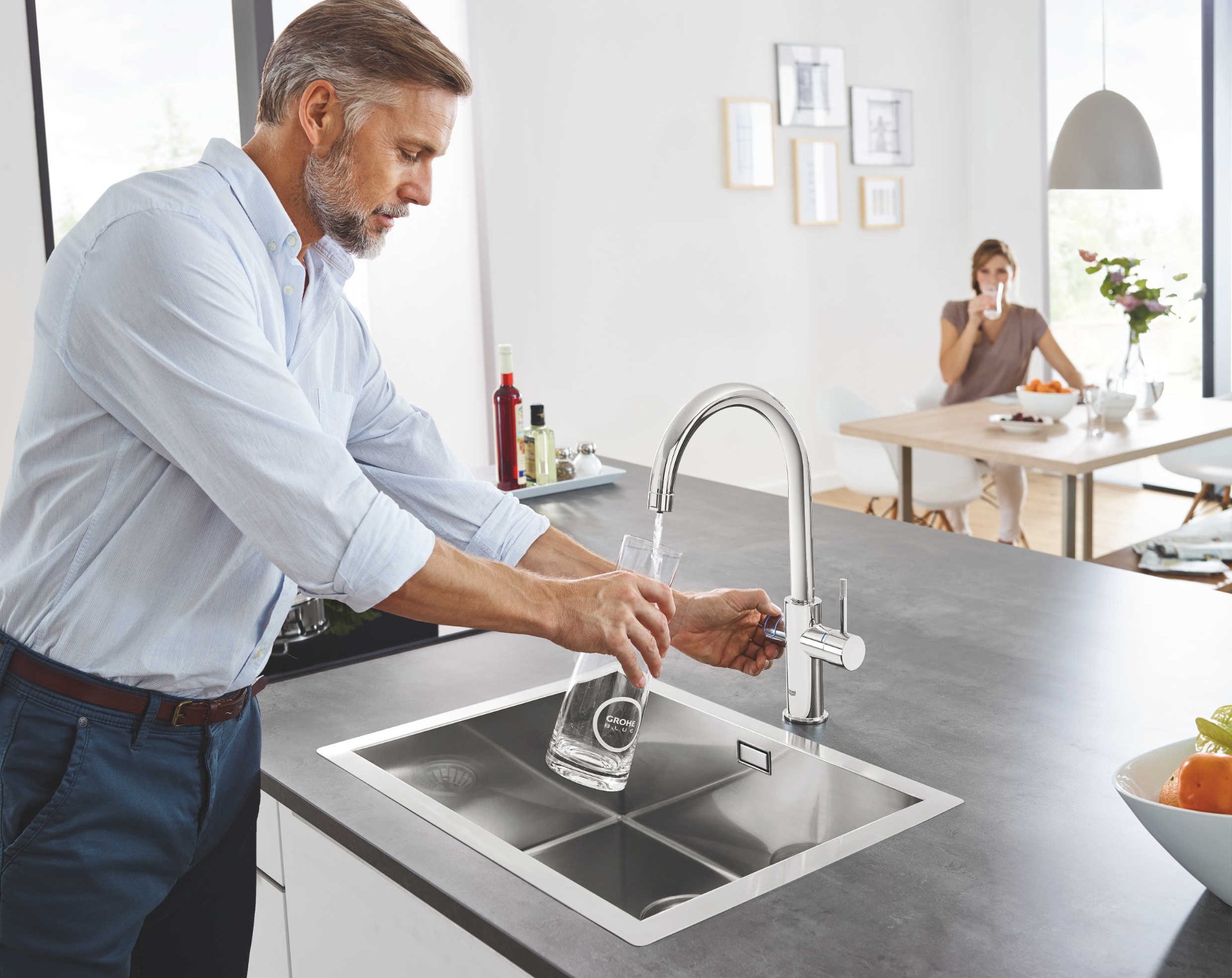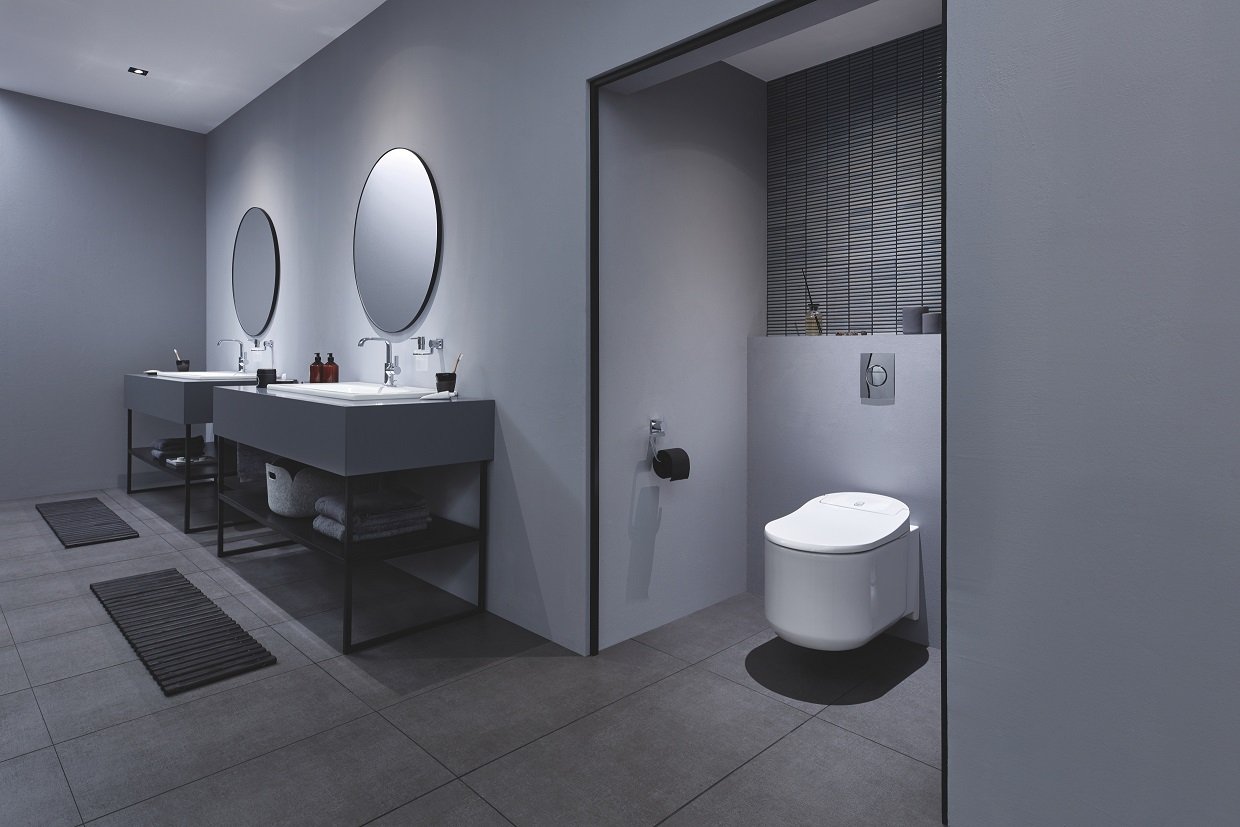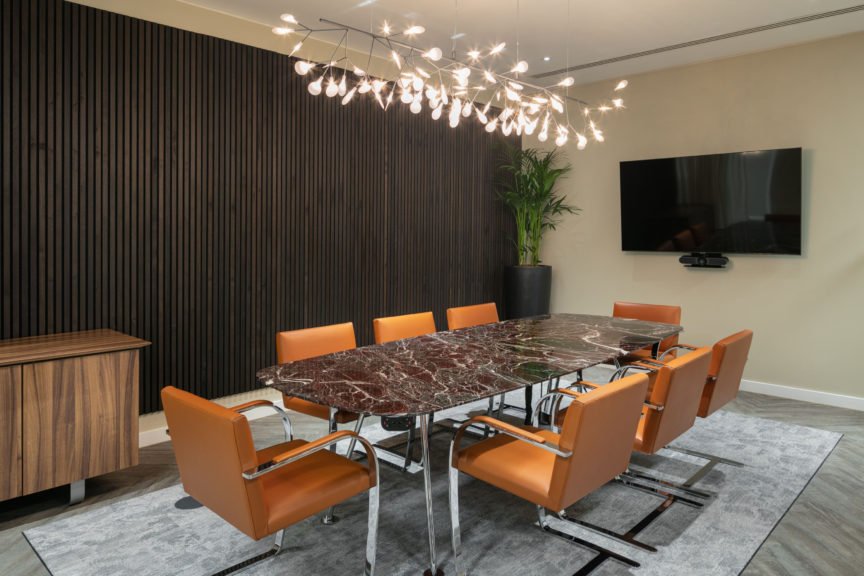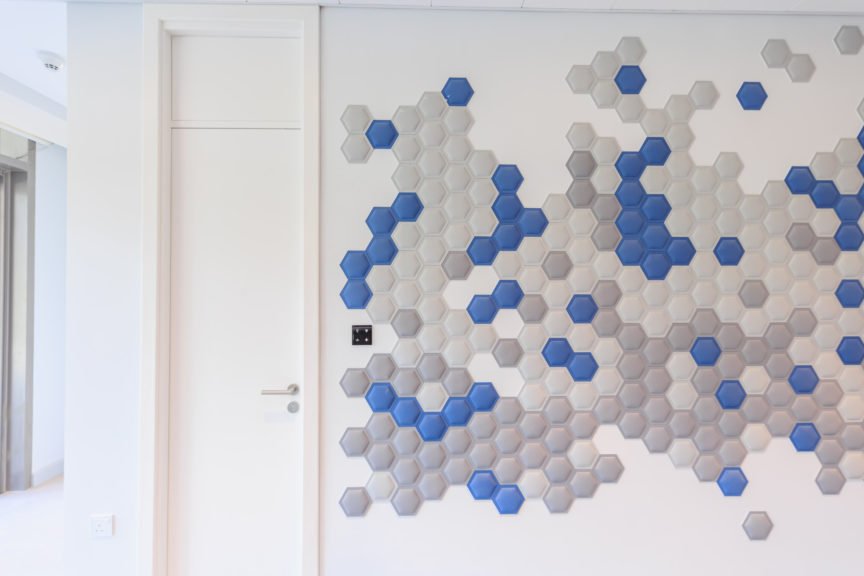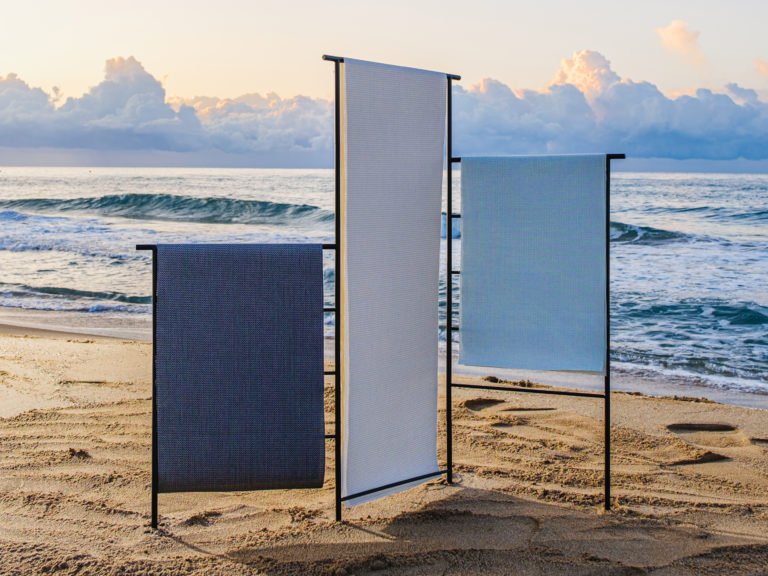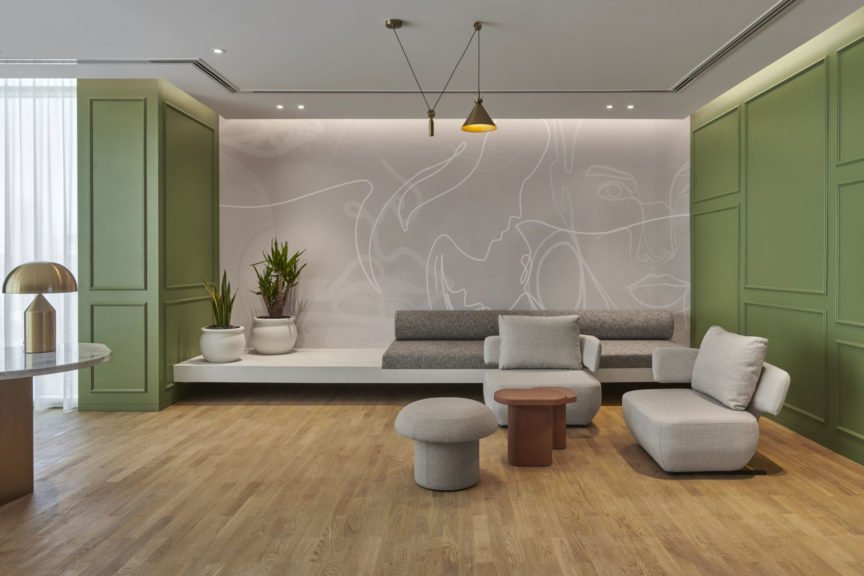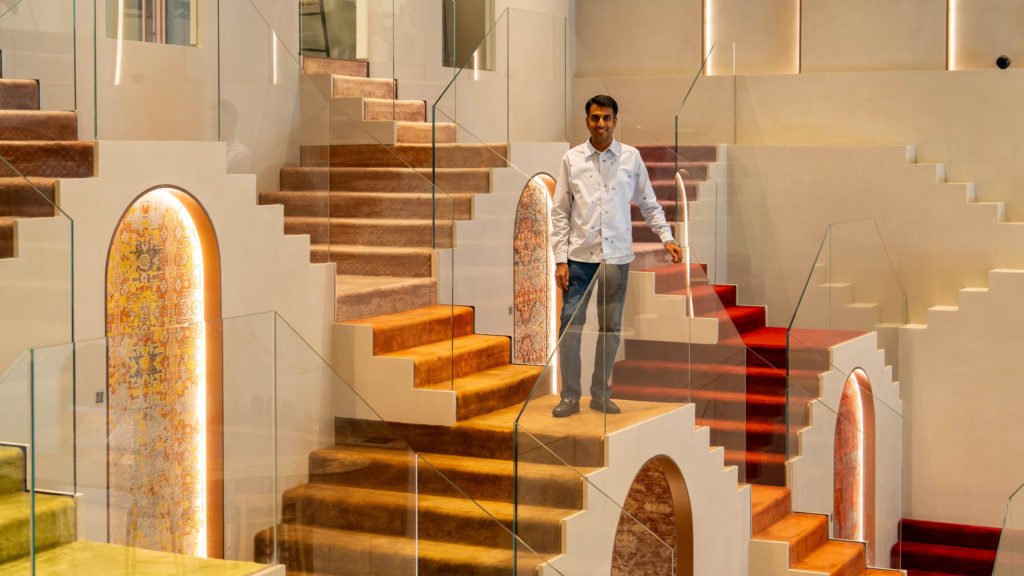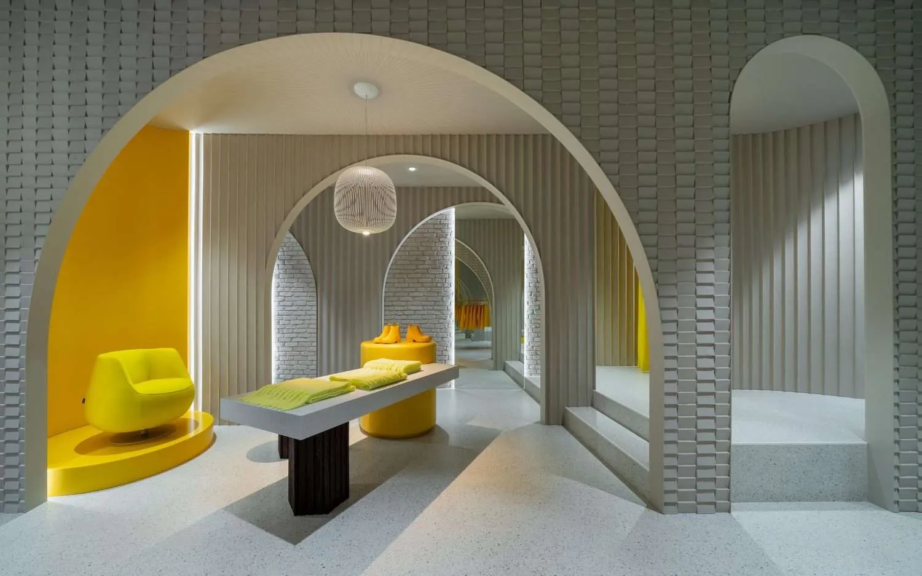The Meaning of Sustainability
As we have come to understand, sustainability is practised in different forms by different people. To some, it means using less and doing more. To others, it means designing products that last for as long as possible. It could be recycling, upcycling, reducing waste, or something else.
“Sustainability is personal to me,” says Kristina. “I like the idea of being sustainable. I love the fact that we can incorporate it into our projects. But I think it’s something that we need to educate more people about. At the same time, if everybody makes a concerted effort, we can achieve something at the end of the day. So it’s not about one person doing something, it’s about working collectively, and it’s a world issue.”
In her office and personal space, Kristina uses several easy to implement practices to be more sustainable. “We love to have a lot of natural light, so we use a lot less energy for lighting. A paperless environment also goes a long way – gone are the days when we’re actually also having to send tender packages out to clients. This is huge because before, we used to use so much paper on these huge packages. We have installed the GROHE Blue watersystem in our office, and I love the fact that we now don’t have these big bottles of water being wheeled in and out.”
Using local resources and suppliers is incredibly important as well. Not only do you support the local economy, but also leave a significantly smaller carbon footprint. Additionally, there’s the education aspect of sustainability. As designers, Kristina emphasises the importance of constantly educating oneself, because with knowledge comes power and the opportunity to do better.
“We invite local suppliers as much as possible to create projects. I also have a mandate over the next three years – I would like every single person in my office to be LEED accredited. We’ve already started this initiative and it’s also part of the team’s KPIs, and we’re really going to be pushing forward with this for the next two years. That’s my goal!
“To give you an example, there’s a project we worked on with a major hotel group, and I remember the client requesting a totally new design. I went to the room and thought that the furniture was beautiful and they had everything they needed. Sure it was 10 to 12 years old, but I just didn’t think it was ready to be thrown out. In the end, the asset managers of that project really loved us because we maintained 80 percent of the furniture and only changed a few things to achieve their goal. I remember we even came up with an idea of converting the fax machine cabinet into a mini bar cabinet. And it looked fantastic! Combining something old with something new is always a challenge. Refurbishment projects aren’t as easy as starting from scratch. I even contacted some of my clients in Africa and said, ‘Look, I have a project and we’re about to discard some of this stuff. Would you consider using it in your project?’ And they did. I think we need to think in this sort of manner – long term and sustainable, while still maintaining a great aesthetic.

